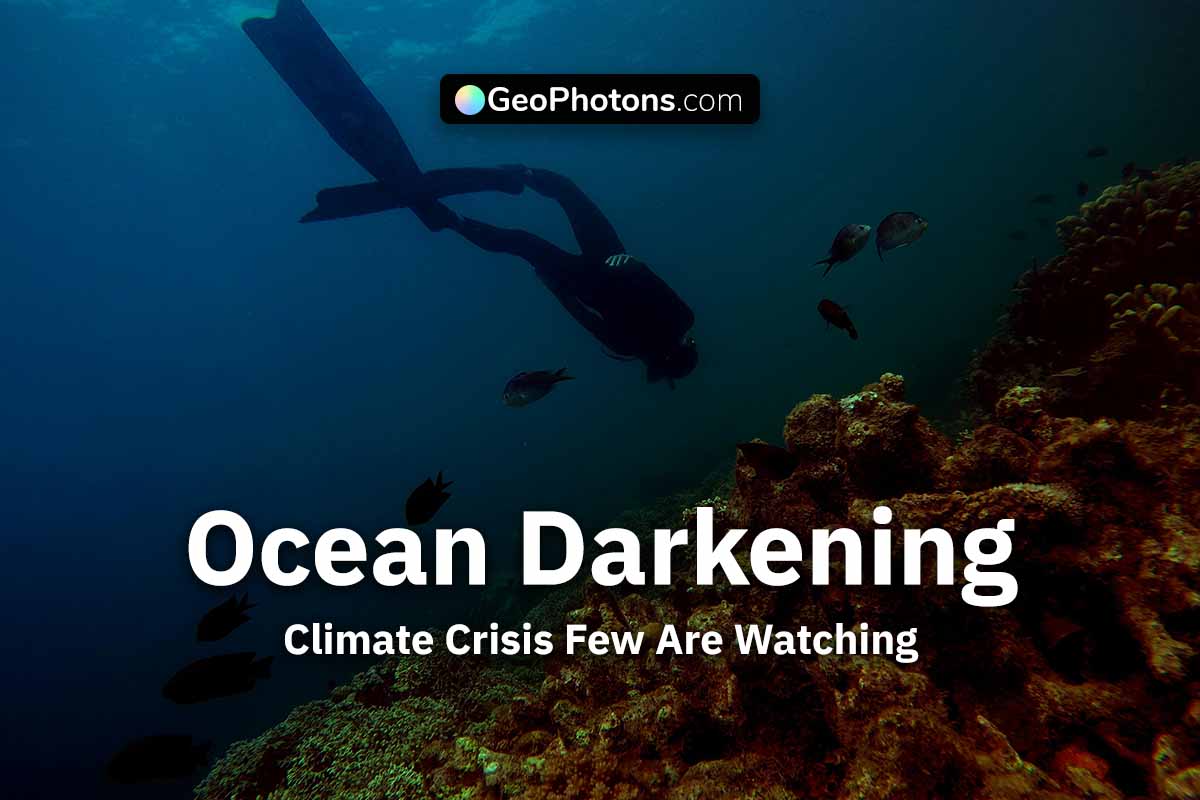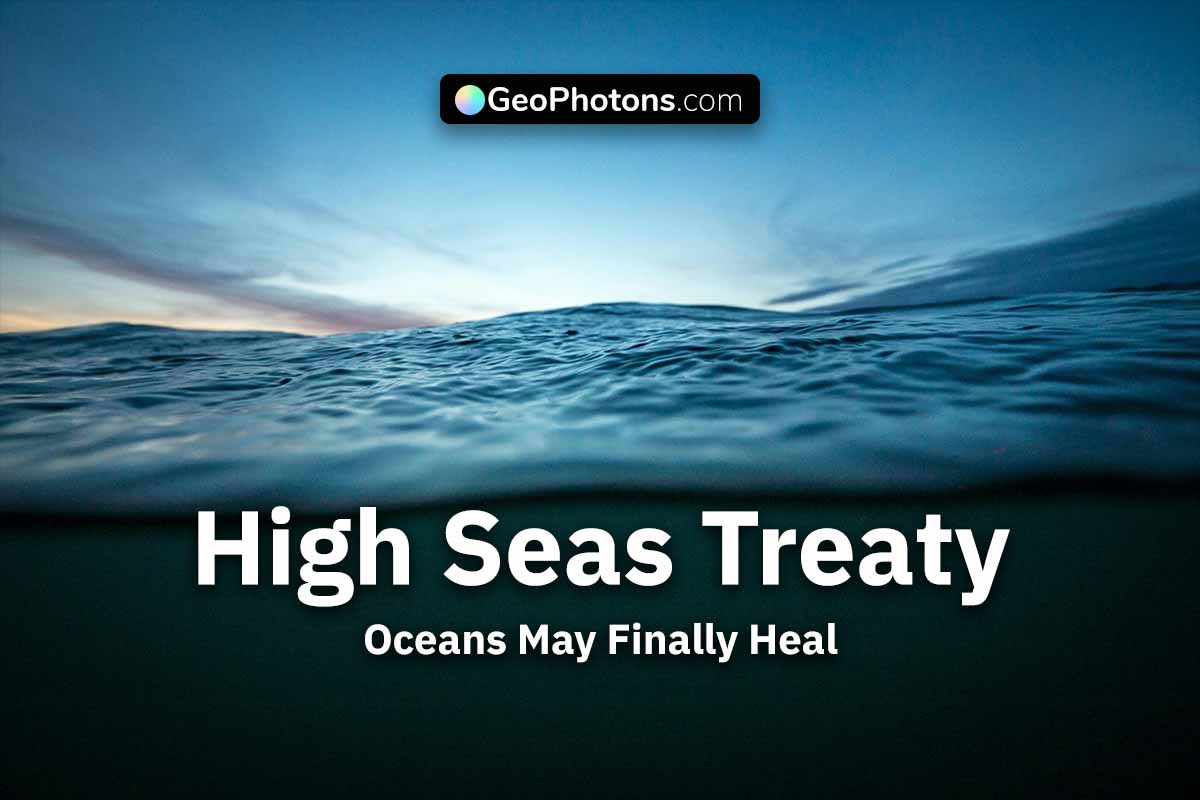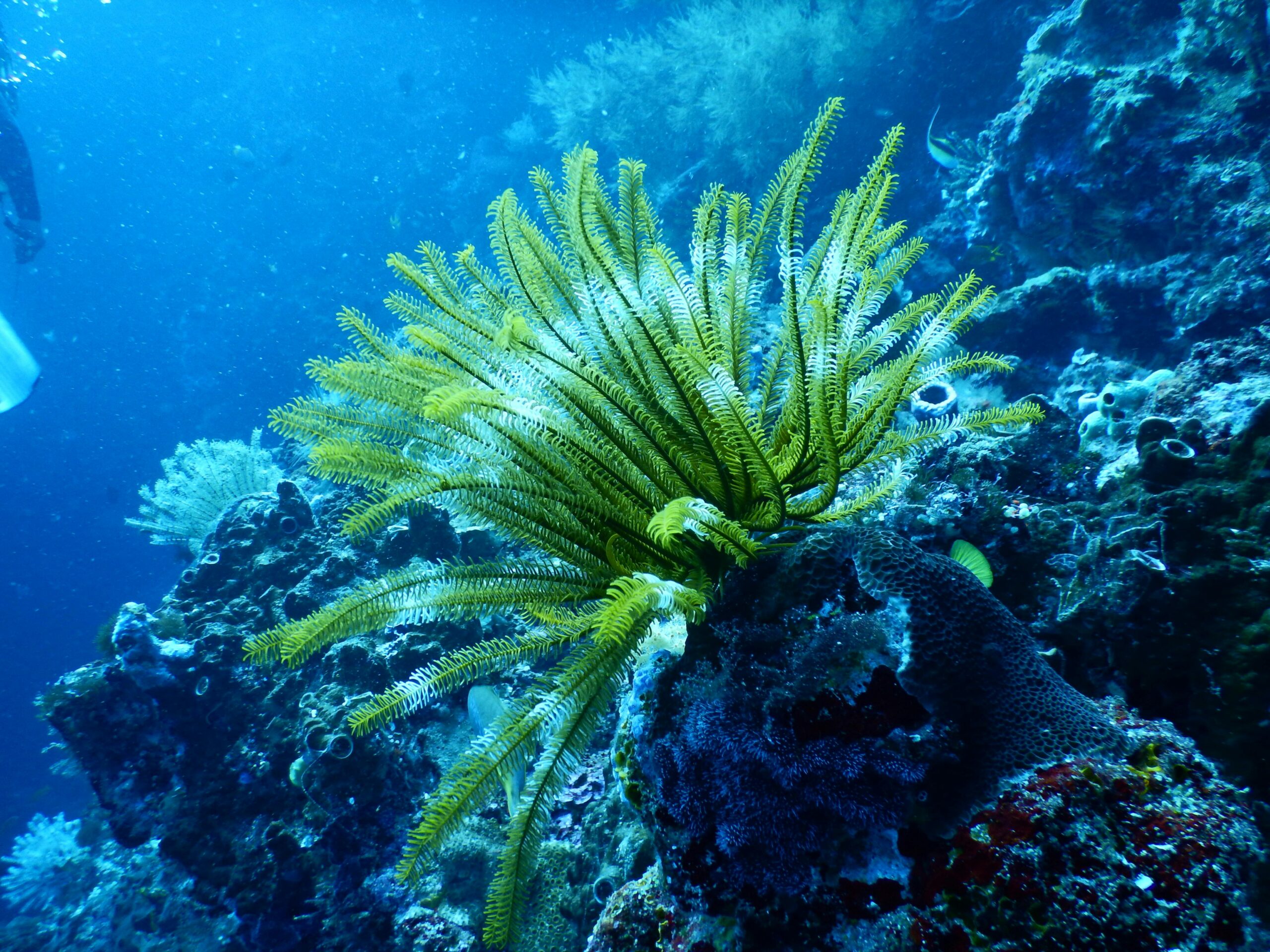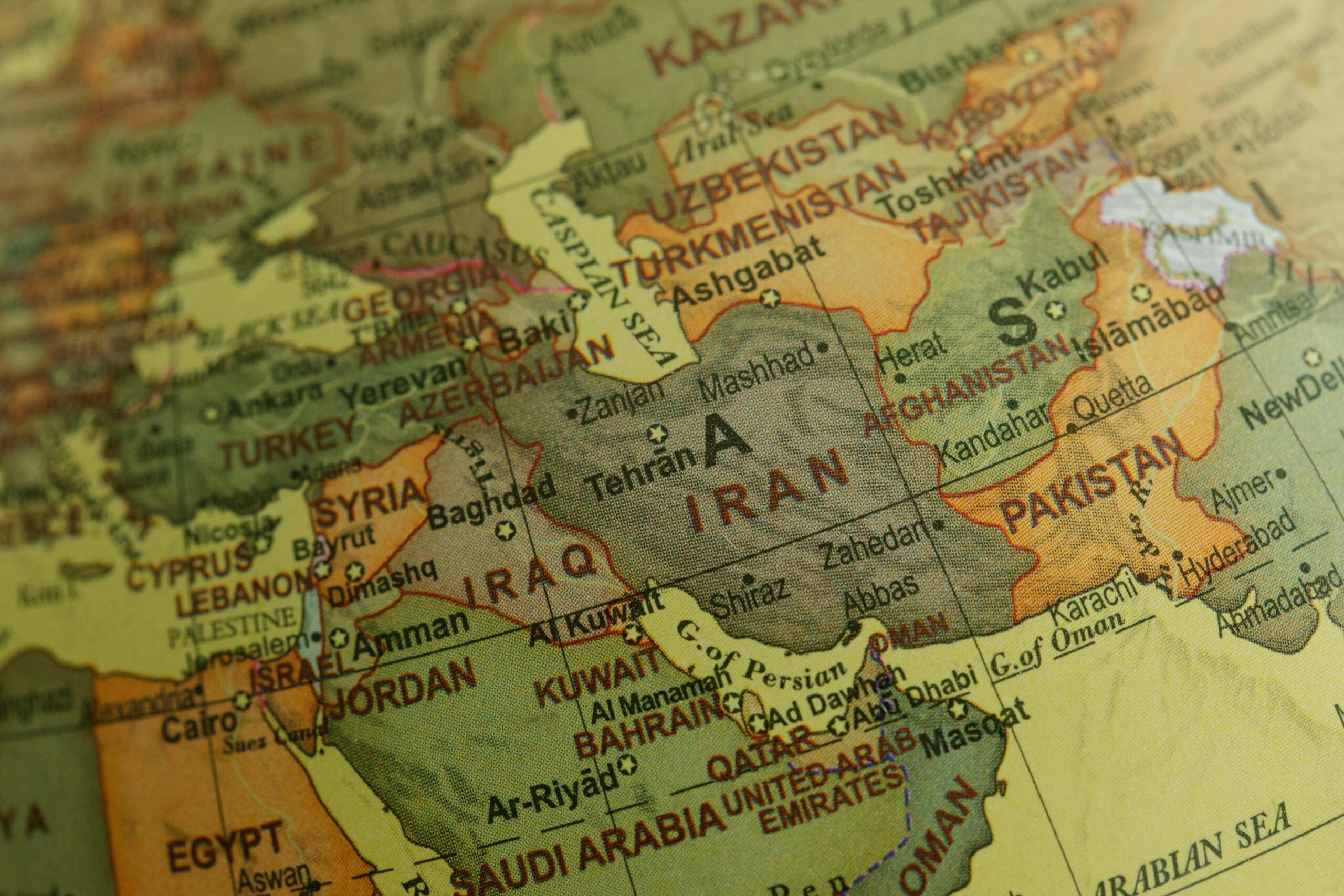Why Ocean Darkening Is a Climate Crisis Few Are Watching
Over 20% of oceans have darkened in 20 years, harming marine life and Earth’s balance. Here’s what ocean darkening means and why it should scare us all.
Ocean change – ocean darkening
21% of global ocean has lost light since 2003
Something invisible but dangerous is happening under the waves—oceans are getting darker. A new study using satellite data from 2003 to 2022 found that 21% of global ocean waters have darkened. This means less sunlight is reaching the photic zone—the top 200 meters of ocean where light powers life. In some areas, that zone shrank by over 50 meters, especially in the Arctic and North Sea. Losing light here isn’t just about murky water—it changes how plants grow, how animals feed, and how the ocean supports life. Think of it like dimming the lights in a rainforest. Everything struggles.
Photic zones
Sunlight layers help life grow from seaweed to sharks
The photic zone is where the magic of marine life begins. It stretches up to 200 meters deep, depending on clarity. This sunlit layer drives photosynthesis, allowing algae, phytoplankton, and seagrasses to produce oxygen and food. According to Smithsonian Magazine, this zone is home to 80% of ocean life. If sunlight drops, plankton—the base of the food web—can’t grow as well. That weakens everything above, from tiny fish to giant whales. In darkened waters, photosynthesis slows, meaning less oxygen is made. Fewer plants, fewer animals. It’s not just the ocean that dims—it’s the whole cycle of life.
Study tools
Researchers used satellites and deep ocean math models
This isn’t just guesswork—it’s backed by data. Scientists tracked light levels using something called Diffuse Attenuation Coefficient (Kd 490), which measures how fast light fades underwater. The study combined 20 years of satellite readings with modeling to map changes across the globe. They found that 9% of oceans lost more than 50 meters of photic zone depth. These numbers weren’t even across the world. While some waters like the English Channel saw more light, others darkened dramatically. Rainfall, soil runoff, and changing plankton patterns all played a part in the shifts.
🔎 Quick Fact Box:
- Darkened ocean (2003–2022): 21%
- Loss in light depth over 50m: 9%
- Photic zone max depth: ~200m
Cause mix
Runoff, heat, and plankton shifts darken the seas
The reasons for ocean darkening are layered. In coastal zones, sediment runoff from farming and soil erosion fills water with particles, making it cloudy. That blocks sunlight and fuels algal blooms, which spread fast and die off quickly, using up oxygen. In open ocean areas, rising sea temperatures affect plankton, changing how they grow and how they float. National Geographic notes that even small shifts in plankton behavior can cause big changes in how light travels. It’s like adding smoke to a room—you don’t need much to dim the view. And once the light goes, everything living below adjusts—or struggles.
Food web
Dark oceans mess with feeding, timing, and migration
Many marine species rely on light patterns to know when to feed or migrate. Shrinking photic zones bring more animals into shallower waters, creating overcrowded feeding zones. This leads to increased competition, especially for fish and plankton eaters. ScienceAlert reports that feeding cues, mating behaviors, and even predator-prey dynamics are getting out of sync. Imagine if your lunch bell suddenly rang at midnight—confusing, right? That’s happening under the sea. When these natural rhythms break, fish populations fall, and that hits everyone—fisheries, ecosystems, and people who rely on the sea for food.
Key species
Copepods warn us when marine ecosystems struggle
The study focused on Calanus copepods, a tiny type of zooplankton found in the North Atlantic. Don’t let their size fool you—they’re the lifeblood of many marine food chains. Sensitive to light, they rise and fall in the water column based on sunlight. Changes in how deep they swim show shifts in light availability. According to the study, these copepods are already behaving differently in darker waters. That spells trouble up the chain—from herring to whales. Copepods are like the ocean’s canary in a coal mine. When they act strange, it’s a clear signal something is seriously off.
Biodiversity loss
Less light means less space—and more species vanish
Losing sunlight in the ocean doesn’t just mean less photosynthesis—it means less real estate for life. Light-loving species are being pushed into tighter areas, leading to more crowding, more stress, and higher death rates. Predators get closer. Food gets scarce. Over time, this causes biodiversity loss. The New York Times reported that shrinking marine habitats can cause ecosystem collapse, especially if foundational species like algae or small fish disappear. And when that happens, the ocean loses its ability to regulate carbon or produce oxygen. This isn’t just about fish—it’s about global balance.
Climate link
Dark oceans impact planet health and human lives
Oceans are our planet’s giant climate sponge. They absorb over 90% of Earth’s excess heat and produce at least half of the world’s oxygen, says NASA. But darker oceans don’t absorb or reflect sunlight the same way. This changes ocean temperatures and wind patterns, affecting weather far from shore. From California’s coast to Florida’s storms, the ripple effects hit home. Darkening oceans mean the system we count on to cool Earth and fuel life is changing fast. And the fewer species that survive, the weaker that system becomes. That puts our climate—and our future—at risk.
Take action
The sea is dimming, but we can still turn on the light
The science is clear. The oceans are losing light fast, and that’s a warning we can’t ignore. But it’s not too late. Better land use, cleaner runoff controls, and cutting emissions can slow the damage. Ocean health expert Dr. Anna Hickman says, “When the water goes dark, life goes silent. But if we act now, we still have time to turn this around.” This is our shared ocean. It feeds us, protects us, and gives us air to breathe. Let’s treat it with the care it deserves—because a healthy ocean means a healthy home for all of us.
Also Read Massive Funding Gap Threatens 2030 Ocean Protection Goal
Share this content:














Post Comment